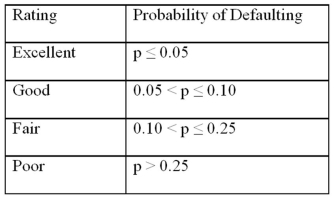Exhibit 17.9.A bank manager is interested in assigning a rating to the holders of credit cards issued by her bank.The rating is based on the probability of defaulting on credit cards and is as follows.  To estimate this probability,she decided to use the logistic model:
To estimate this probability,she decided to use the logistic model:  ,
,
where,
y = a binary response variable with value 1 corresponding to a default,and 0 to a no default,
x1 = the ratio of the credit card balance to the credit card limit (in percent),
x2 = the ratio of the total debt to the annual income (in percent).
Using Minitab on the sample data,she arrived at the following estimates:  Note: The p-values of the corresponding tests are shown in parentheses below the estimated coefficients.
Note: The p-values of the corresponding tests are shown in parentheses below the estimated coefficients.
Refer to Exhibits 17.9.If only applicants with excellent and good ratings are qualified for a loan,find a linear relation between their balance ratio and their debt ratio that must be satisfied to be qualified.
Definitions:
Prejudice
Prejudice is a preconceived opinion that is not based on reason or actual experience, often involving discriminatory thoughts or beliefs towards different groups of people.
Unconscious
The unconscious consists of the processes in the mind that occur automatically and are not available to introspection, including thought processes, memories, interests, and motivations.
Social Traps
Situations in which individuals or groups pursue self-interest leading to a result that is damaging to themselves or society as a whole.
Frustration
A feeling of anger, annoyance, or upset due to being unable to change or achieve something.
Q3: In the 1980s,the richest 1% of the
Q9: Exhibit 16.6.Thirty employed single individuals were randomly
Q23: If two linear regression models have the
Q24: For the chi-square test for normality,the expected
Q29: Exhibit 20.7.A marketing firm needs to replace
Q40: The accompanying table shows the regression results
Q58: In testing the population correlation coefficient,the alternative
Q63: A seasonal component differs from a cyclical
Q77: Which of the following correctly identifies the
Q85: Exhibit 16.2.Typically,the sales volume declines with an